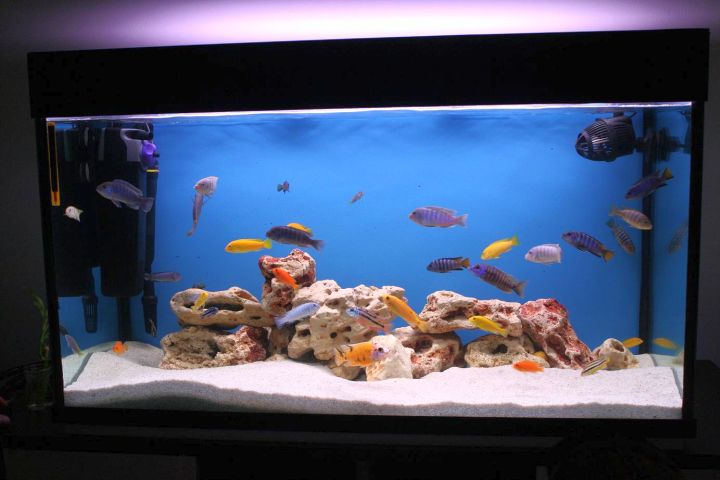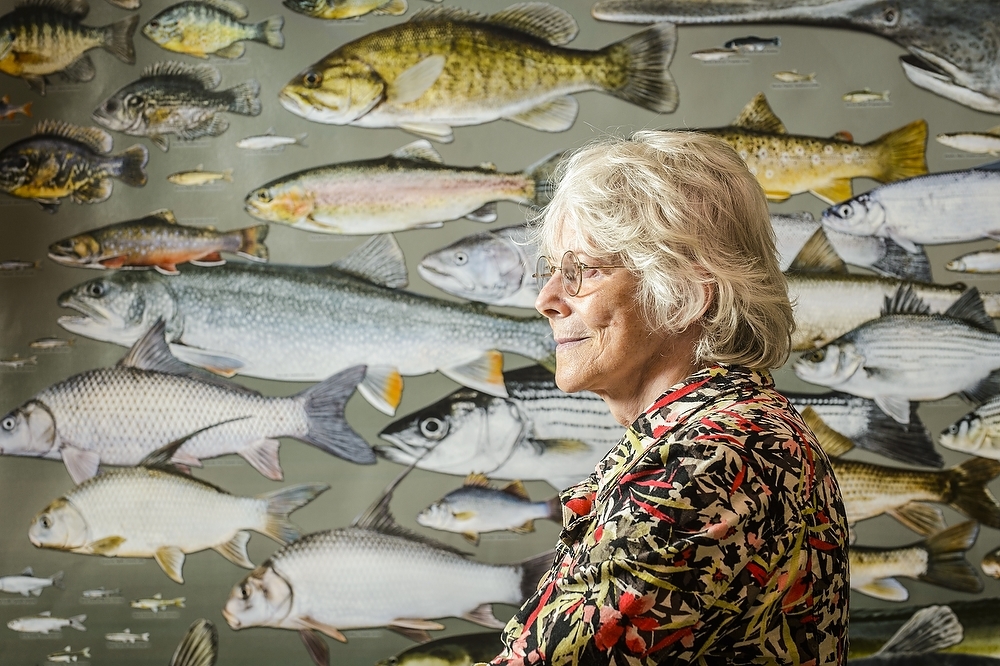

Suggest other wheeled vehicles with which they may be more familiar, and other surfaces, such as sand.Īsk students to try to explain why a prism separates white light into a rainbow of colors, but a window pane does not. Walk students through the lawnmower analogy in Figure 16.17. Demonstrating division using numbers that can be divided easily can reinforce student understanding.Įxplain that, unlike the law of reflection, the law of refraction is most easily expressed as an equation, rather than in words. This, too, is the same change in direction as light going from slow to fast.īe sure students understand that if c is always greater than v, n must always be greater than one. When going from the grass to the footpath, the left front wheel moves faster than the others, and the mower changes direction as shown. This is the same change in direction for light when it goes from a fast medium to a slow one. Going from the footpath to grass, the right front wheel is slowed and pulled to the side as shown. In both cases, you can imagine what happens by thinking about pushing a lawn mower from a footpath onto grass, and vice versa. Conversely, in Figure 16.17(b), the path of the ray moves away from the perpendicular when the ray speeds up. Note that, in Figure 16.17(a), the path of the ray moves closer to the perpendicular when the ray slows down. This difference in index of refraction means that the speed of light is less in medium 2 than in medium 1. In the situations shown in Figure 16.17, medium 2 has a greater index of refraction than medium 1. The change in the speed of light is related to the indices of refraction of the media involved.

The change in direction of the light ray depends on how the speed of light changes. As in the previous section, the angles are measured relative to a perpendicular to the surface at the point where the light ray crosses it.

Note, that light travels the slowest in the materials with the greatest indices of refraction.įigure 16.17 provides an analogy for and a description of how a ray of light changes direction when it passes from one medium to another. Table 16.2 Indices of Refraction The table lists the indices of refraction for various materials that are transparent to light.


 0 kommentar(er)
0 kommentar(er)
